Why do people wear these pointless bits of fabric called ties?
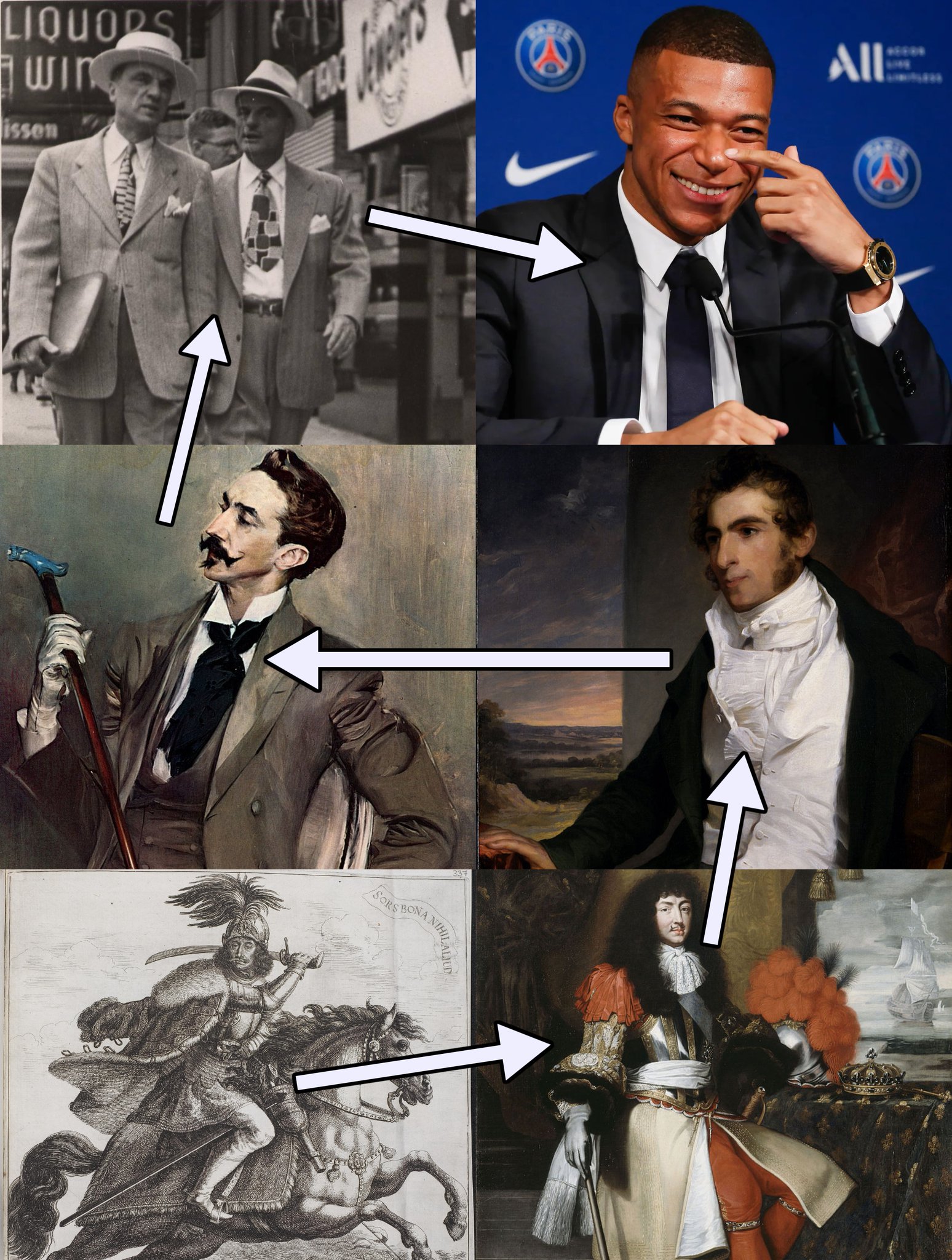
Why do people wear these pointless bits of fabric called ties?

The year is 1635. War has been raging in Europe for nearly twenty years.
It had been largely confined to Germany, as different territories of the Holy Roman Empire fought one another.
But then France joined, supported by Sweden, and a continental war broke out.
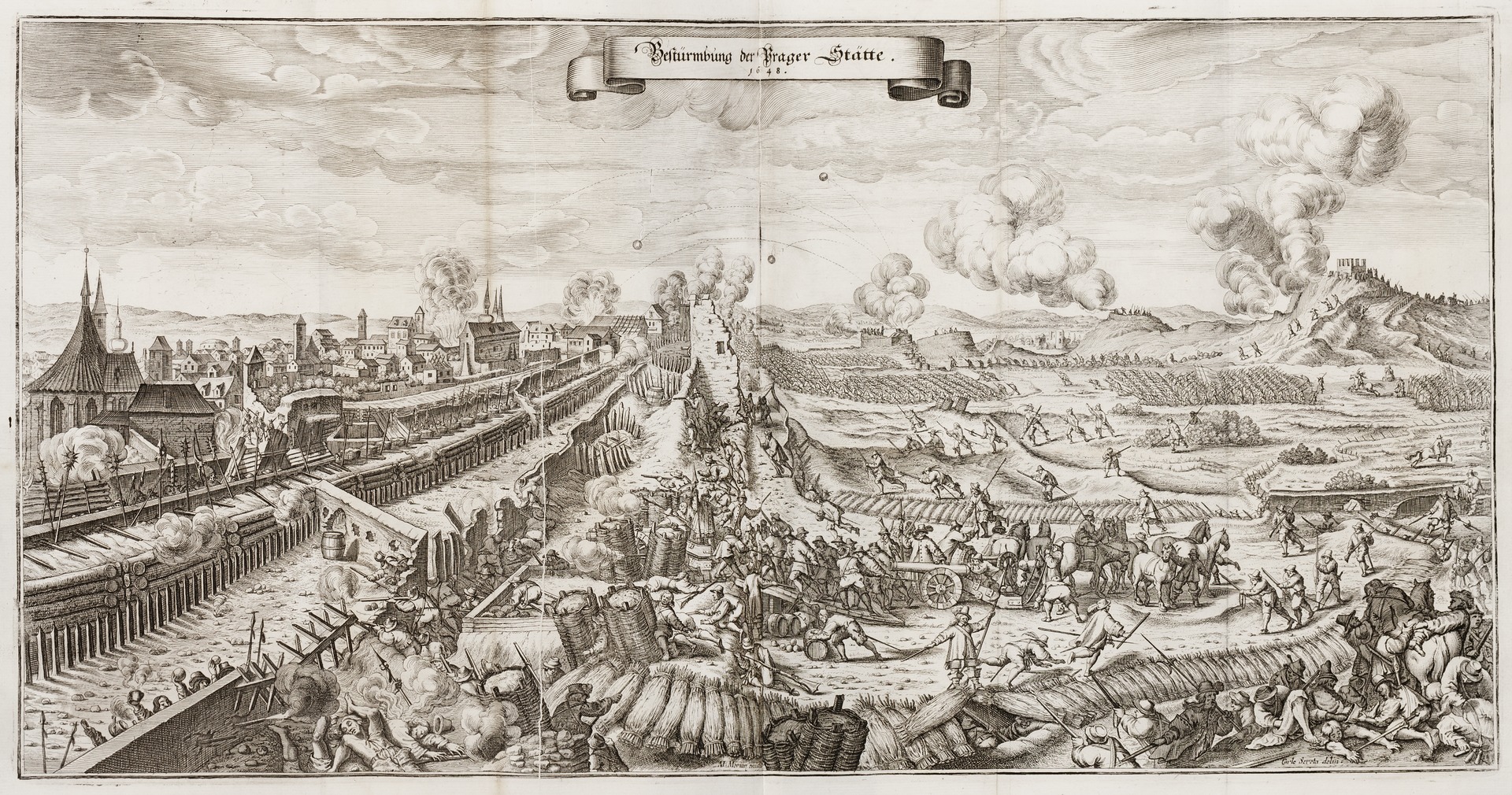
France decided to hire some soldiers from Croatia.
They wore knotted scarves around their necks to hold the collars of their jackets together; a descendent of those neckerchiefs is still worn by the Honourary Guard in Zagreb today.
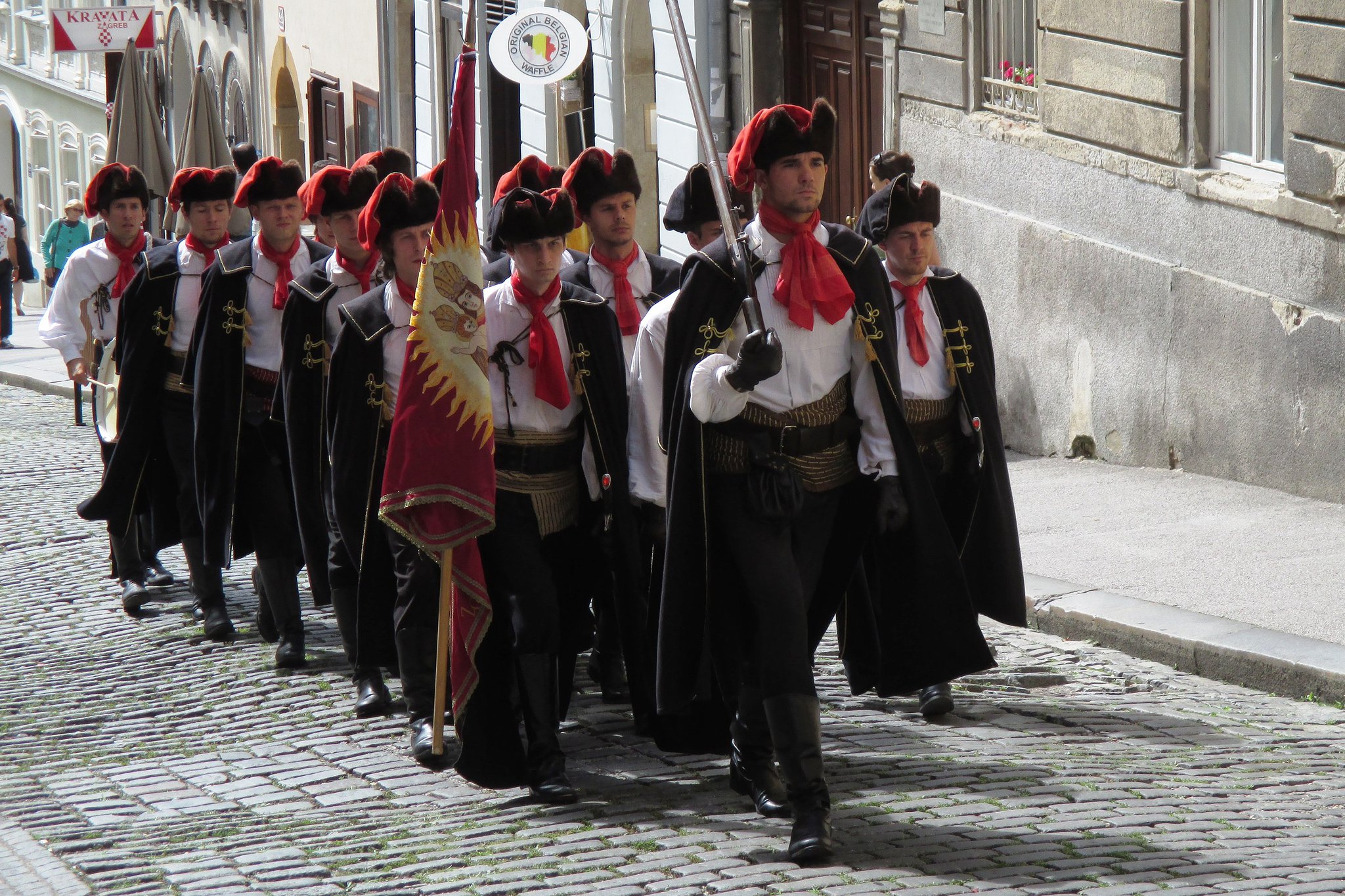
These mercenary regiments were known as Cravats, a corruption of Hrvati, which is how Croatians call themselves.
And so the French took to calling their distinctive knotted scarves "cravates" - that's still the word for tie in French today.
Some of these Croat soldiers ended up in Paris in 1646, and their knotted scarves caught the attention of a seven year old boy.
That boy was King Louis XIV of France. He started wearing them, though with rather fancier and more elaborate designs than those worn by the soliders.
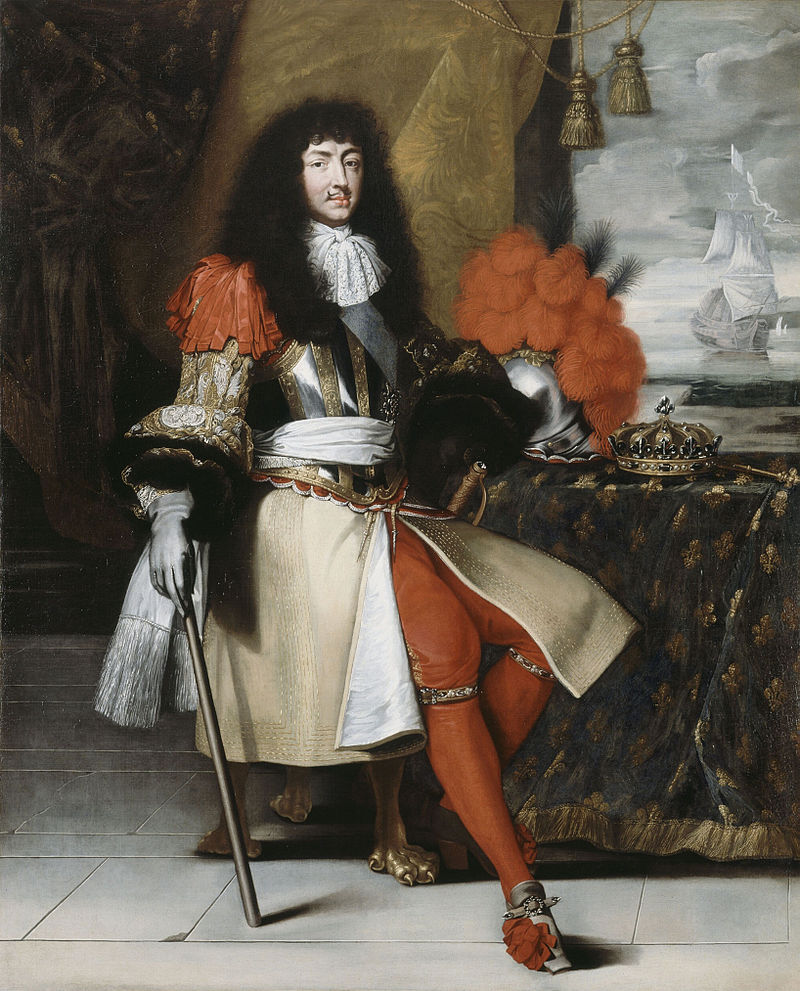
Louis also made members of his royal court wear cravats, and from Paris they rapidly spread to the rest of Europe, not only among high society but to the ever-growing middle classes as well.
Of course, what had been of practical use for those Croat soldiers was now pure fashion.
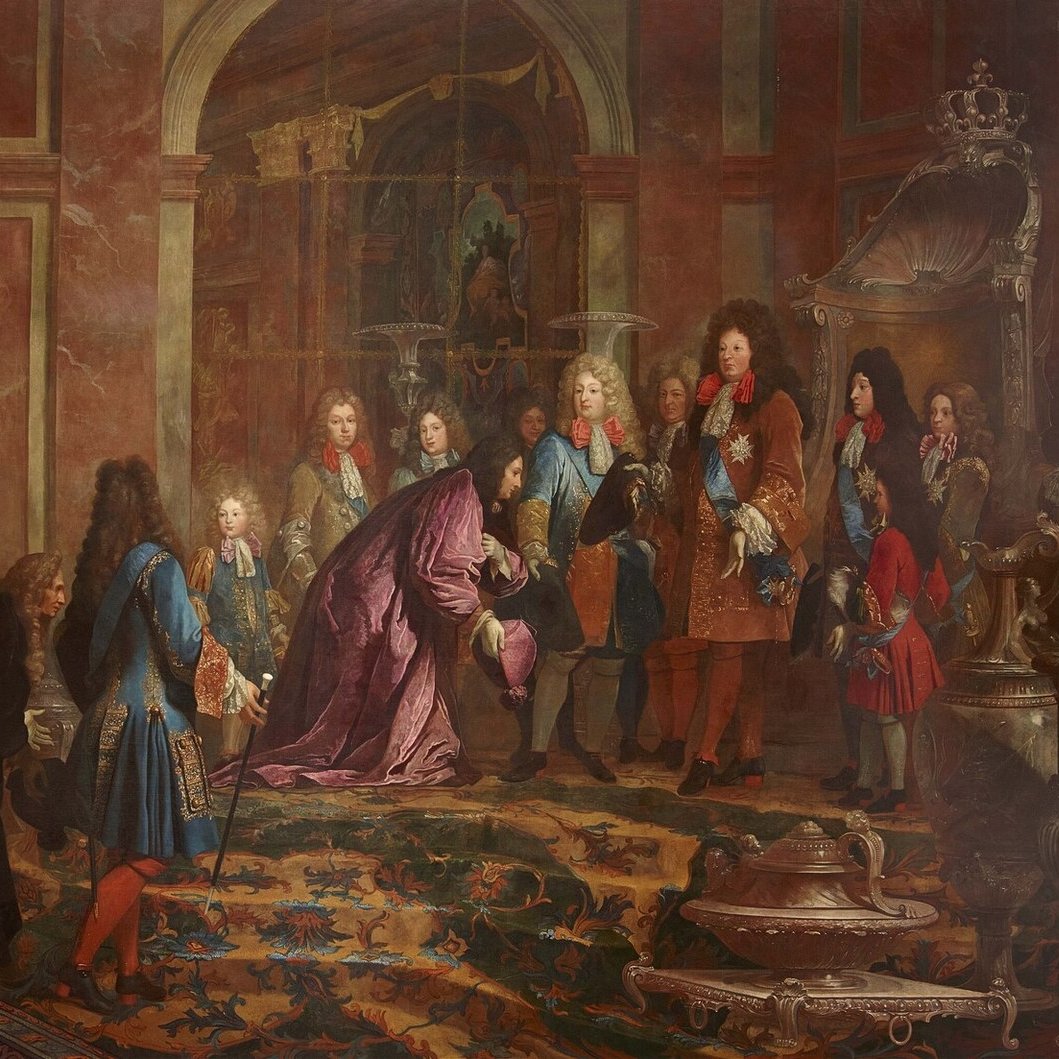
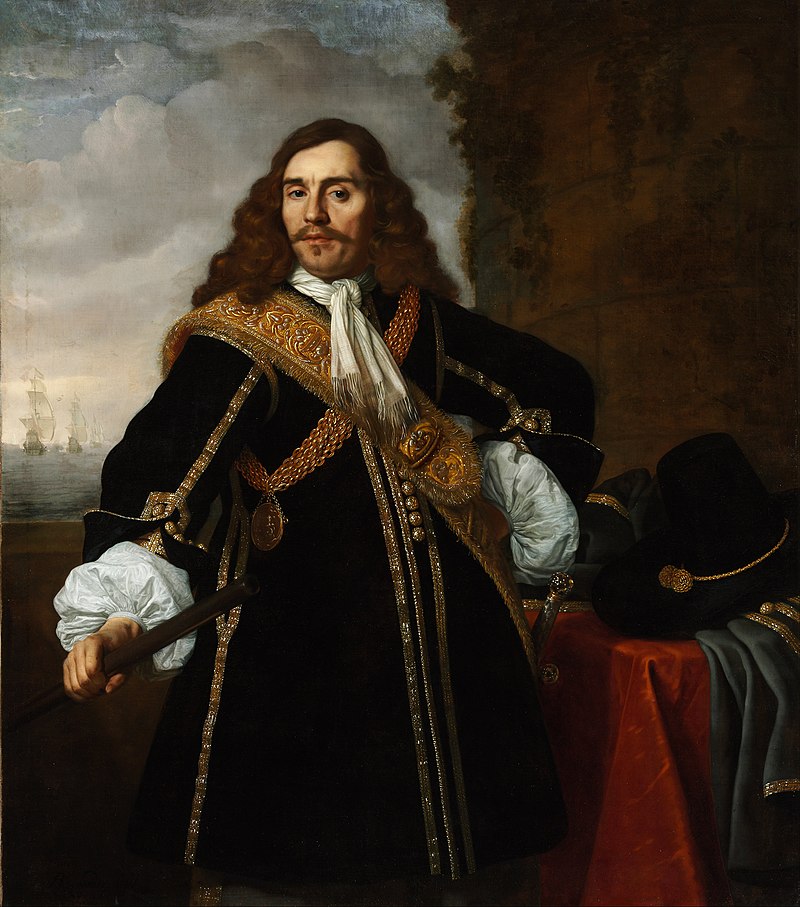
But neckwear was nothing new. For several centuries previously the ruff had been in vogue, and then a sort of oversized and lacy collar, here worn by Louis XIV's father, King Louis XIII.
The cravat was simply the next fashion craze and status symbol.
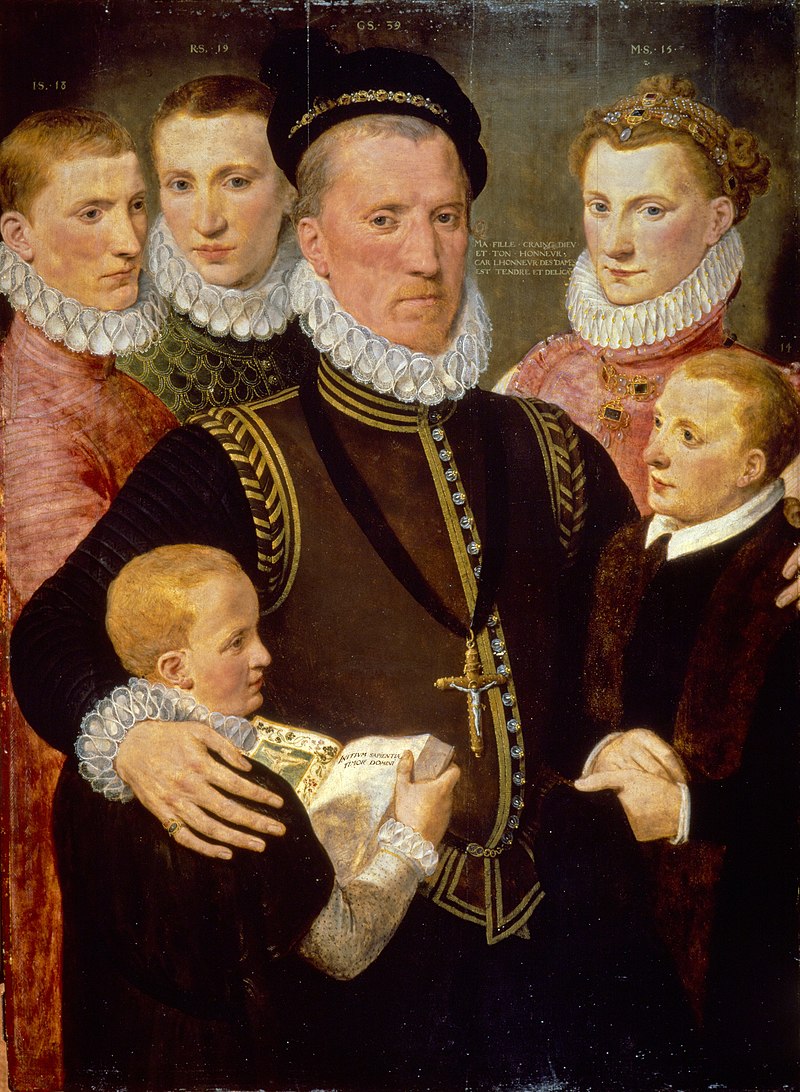
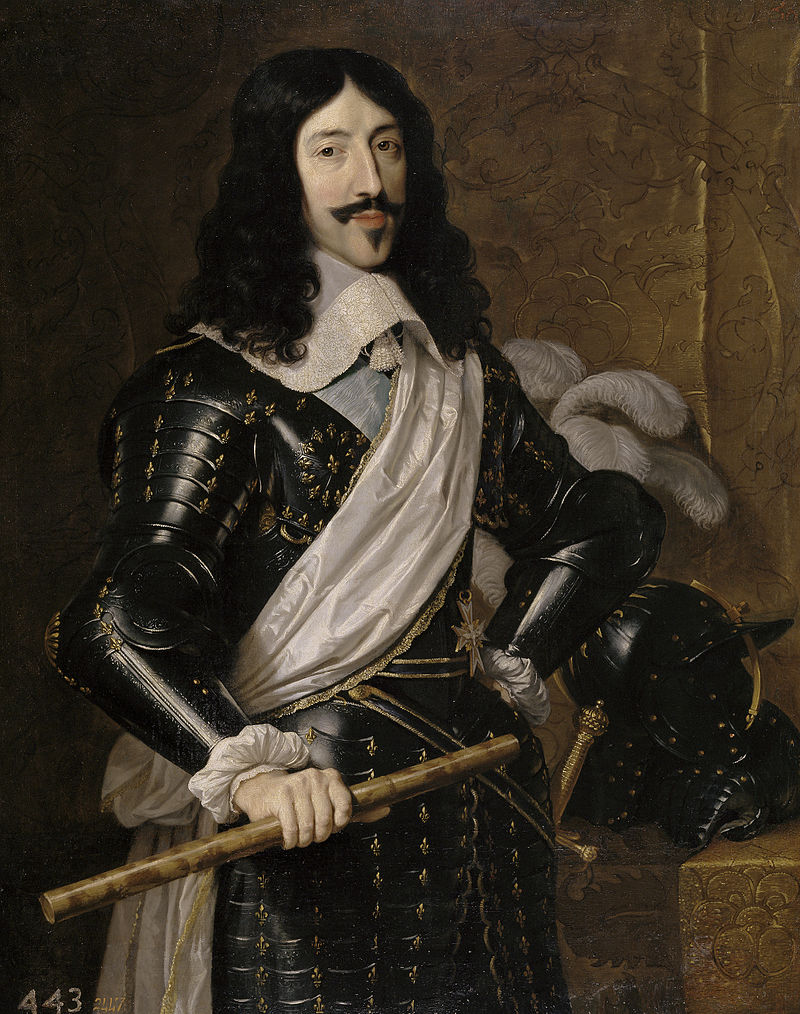
King Charles II of England had been in exile during the 1650s, supported financially by Louis XIV, and after the restoration of the monarchy in 1660 he returned to England and brought the French cravate with him.
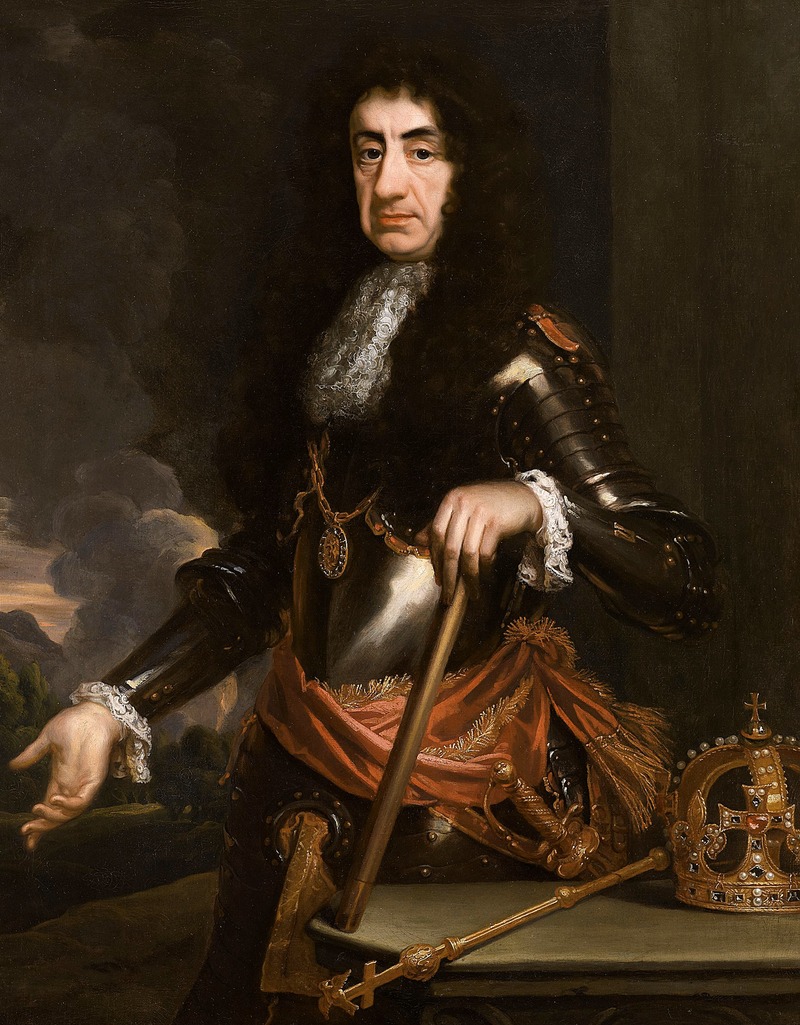
The cravat continued to evolve during the 18th century, as one fashion trend after another took it in different directions.
And new subvariants appeared, most notably the bowtie.


In the early 19th century there was growing emphasis on the way cravats were tied, exemplified by a book published in 1818 called Neckclothitania.
These cravats were all about wealth, style, and status - and therefore almost wholly frivolous in some sense.


But soon enough things started to change. These fancy neckties may have become a standard feature of menswear, but the Industrial Revolution and its new working conditions created a demand for simpler and more durable neckties; lace and complexity were inappropriate.

With the rise of the modern working environment - not only industry but all our ideas about offices and working weeks - the necktie cast off the fashionable fripperies of the early 19th century and morphed into a much more serious and sober article of clothing.


By the late 19th century the necktie as we know it today had come into existence, helped both by the process outlined above and by mass production.
And then, as now, advertisers missed no chance to capitalise - patterned ties became all the rage.
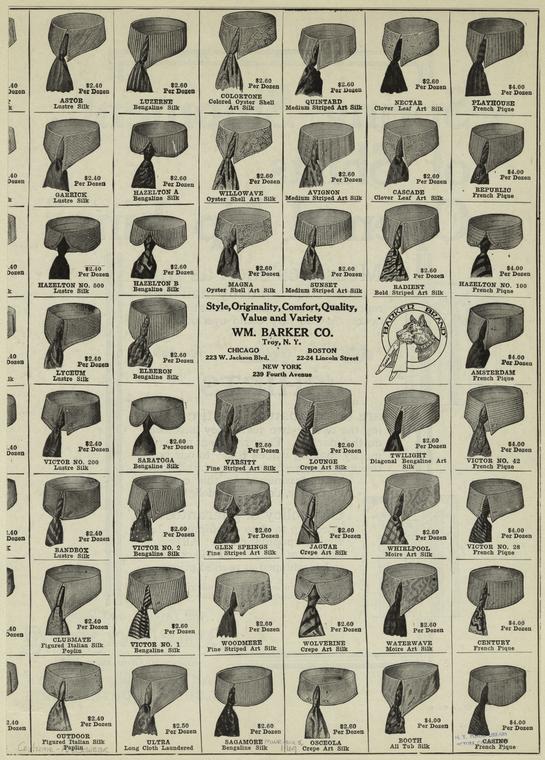
A suit and tie was standard dress for decades. Fans even attended football matches in clothes that would now be considered rather formal.
And so the tie had come a long way since the days of Louis XIV; it had become the fashion of the people rather than of kings.
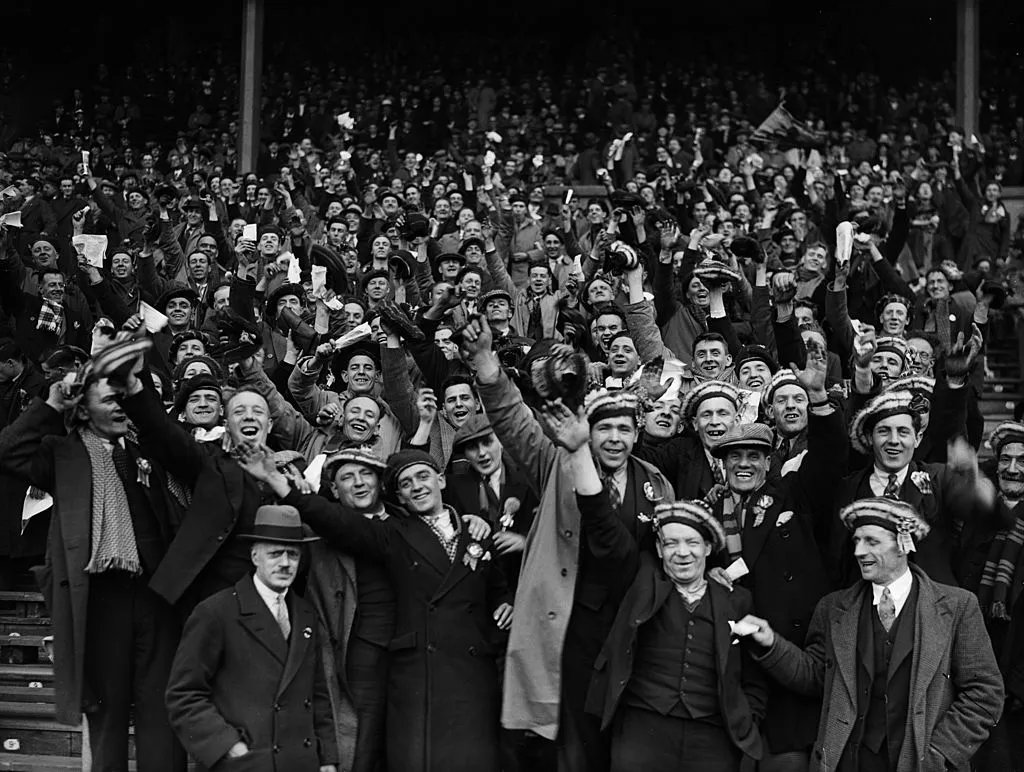
Even since then the tie's shape and design have both undergone plenty of changes. For example, during the 1940s they were far shorter and wider than they are now.

And then, in the years after the Second World War, they became slimmer and more subdued.
Only to grow in size again during the 1990s and fully embrace garish colours and wacky designs.
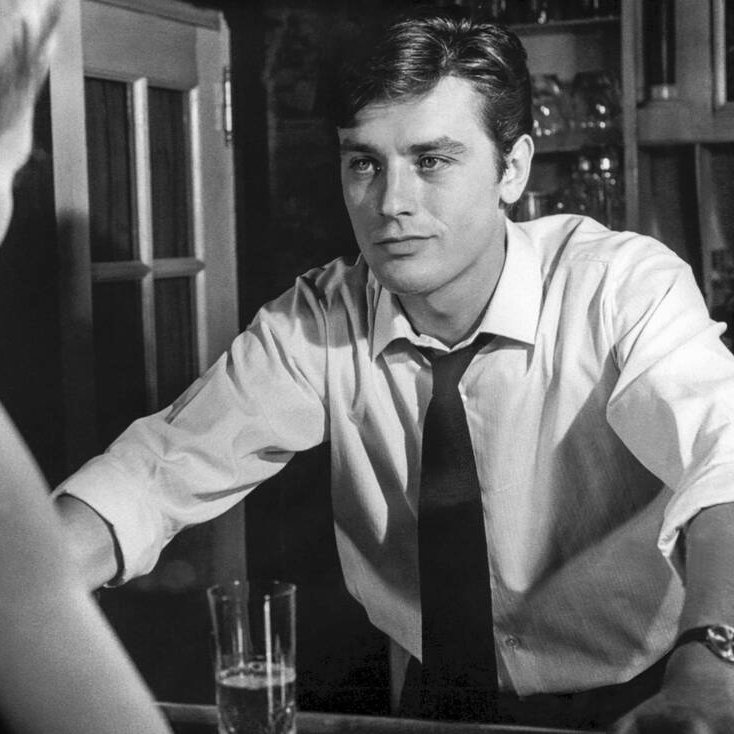

So that's the story of the tie, directly descended from the uniforms of Croatian soldiers - except that it once had a clear practical purpose.
And yet this entirely pointless bit of fabric has somehow survived the vagaries of fashion for centuries.
If you found this interesting then you may like my free, weekly newsletter.
Every Friday I write seven short pieces on history, art, architecture, and literature.
To join 70k+ other readers, consider subscribing here: culturaltutor.com/areopagus